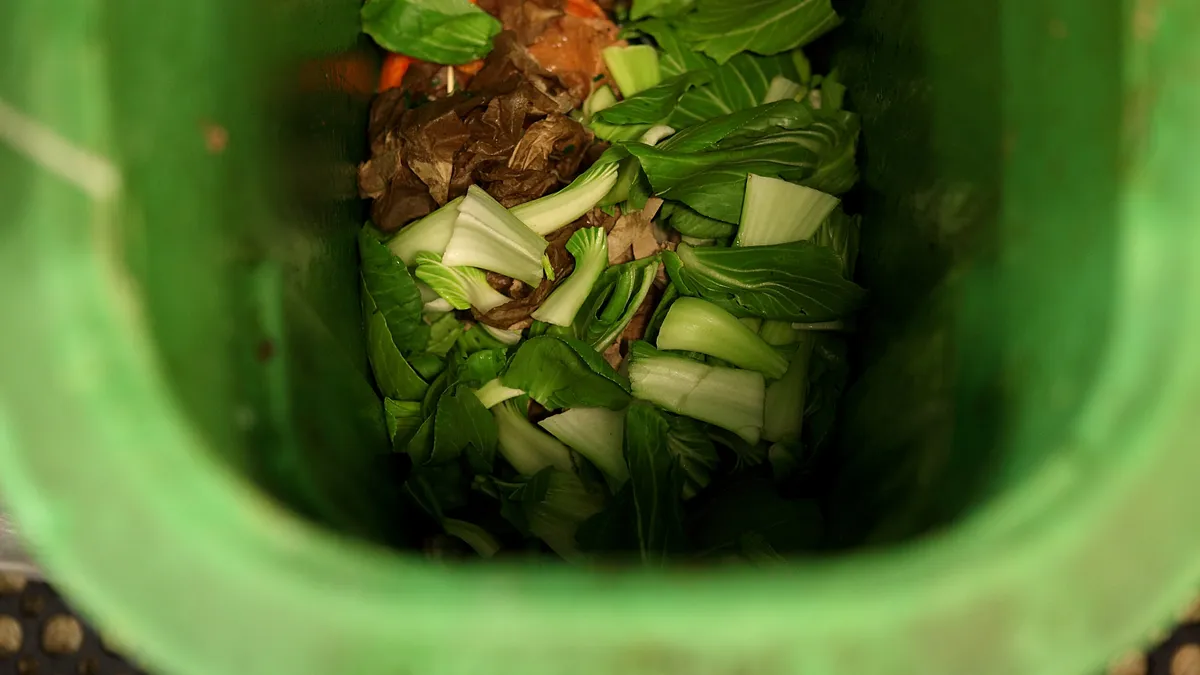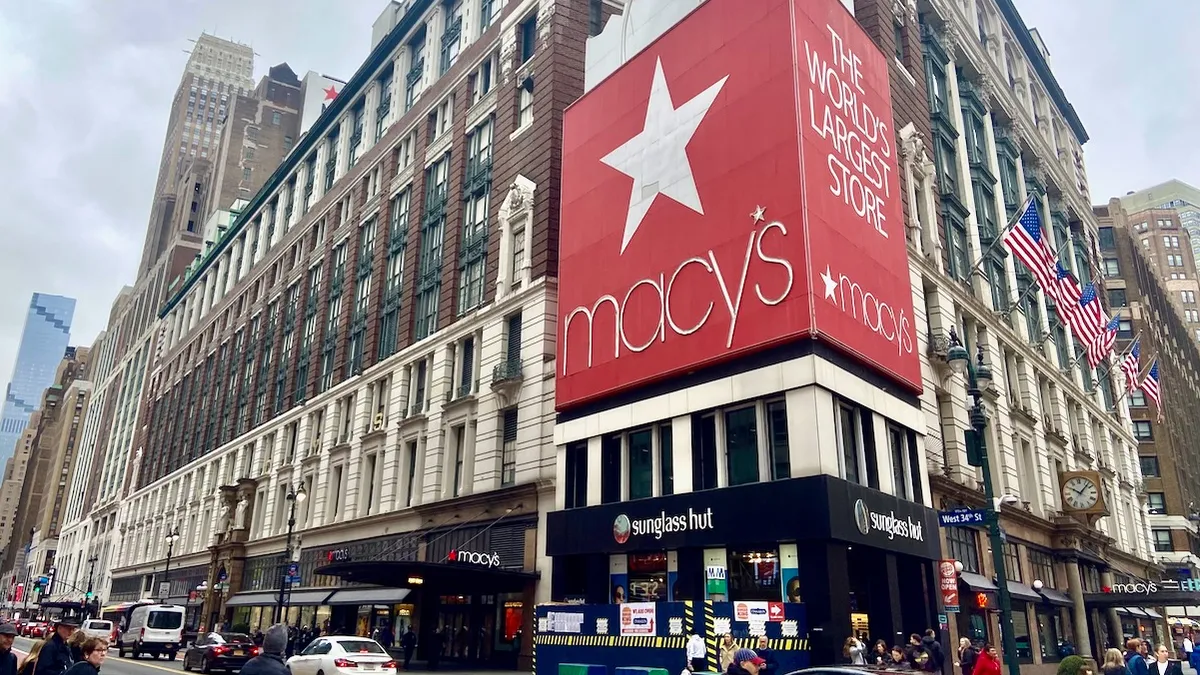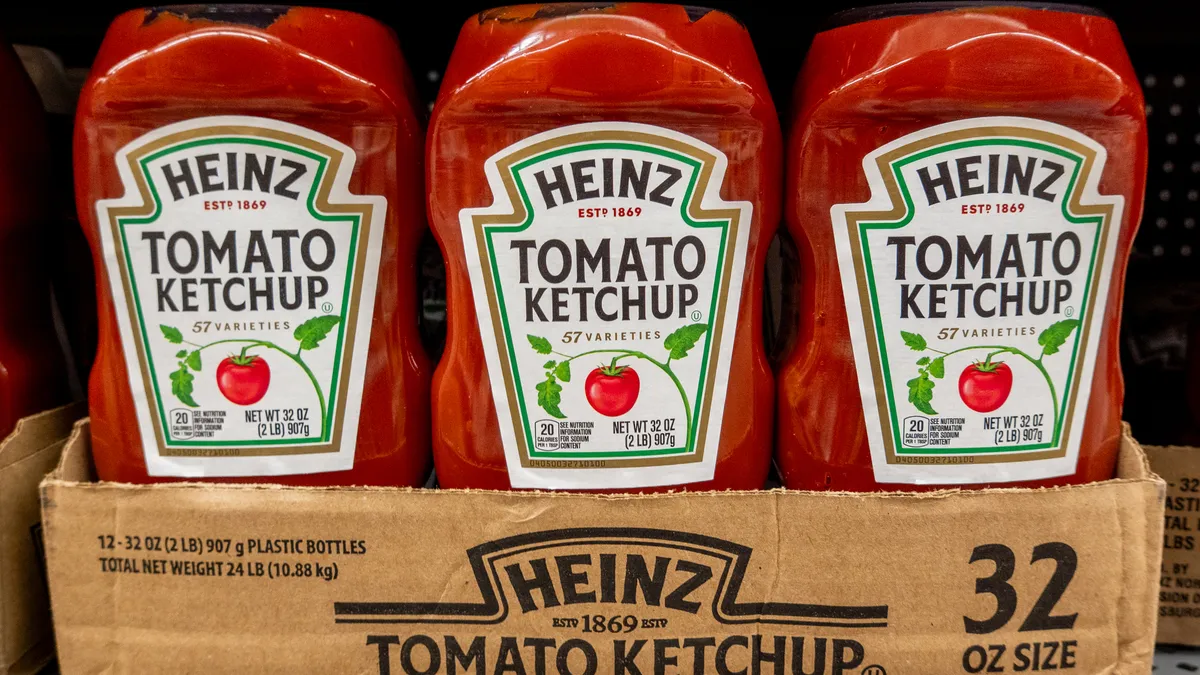This is a contributed op-ed written by Stefan Kalb, co-founder of Shelf Engine. Opinions are the author's own.
When an organization announces its timeline to reach zero carbon emissions, or a manufacturer rolls out a zero-waste program, we all understand the importance and impact these initiatives have on our planet. With major brands like Starbucks, Disney, Unilever, Ford and American Airlines and governments and NGOs worldwide buying in, the net-zero movement has gained significant momentum in recent years.
But there's still another, lesser-known zero that will be critical in addressing today’s weighty climate change and food insecurity issues: zero shrink.
The impact of shrink
Shrink represents the hard cost of wasted inventory in the grocery industry.
Stores waste more than 80 billion pounds of food (roughly 40% of our food supply) every year due to administrative mistakes, breakage, spoilage, theft and other losses. Annually, it costs the grocery industry more than $50 billion in lost profits.
The cost of shrink also extends beyond up-front figures. One study supported by the U.S. Department of Agriculture found the environmental cost of food waste equates to 30 million acres of cropland and 4.2 trillion gallons of water. Environmental experts also widely agree that wasted food sitting in landfills contributes to excess greenhouse gas emissions.
Processes must be transformed and food waste must be addressed throughout the food supply chain.

Stefan Kalb
co-founder of Shelf Engine
Food prices are impacted, as well, when grocers have no other way to offset the lost margins from food waste — proven in part by the latest food price index increases reported by the Food and Agriculture Organization of the United Nations. These figures are particularly staggering when you consider that approximately 50 million Americans go to bed hungry. That’s almost a quarter of all households facing food insecurity, despite there being more than enough food to go around.
Fresh food is the very essence of our existence, but our misuse of it is killing us and the planet.
To reverse the damage of excess food waste on the climate, we need momentum behind a zero shrink movement. We need consumer awareness around the true extent of food waste, and for grocers to aggressively address the issue. We need investments in technology innovation across all facets of the industry to automate broken systems and improve, so stores order only what will actually sell.
Even amid significant hard and soft costs, most grocery operators don’t realize their role in the issue. Many are throwing away up to 50% of their fresh food inventory, and still they remain stuck in the conventional ways of managing the food supply chain.
Opening up capital for underserved markets
Tens of millions of Americans still live in areas lacking access to affordable, healthy food. Developers often avoid opening new stores in low-income areas and food prices are sometimes higher in these neighborhoods due to complex economic factors relating to food stamps, labor and other issues. Reducing grocery shrink directly improves grocery sales performance and profit margins, freeing up budgets for better pricing flexibility and capital to expand into underserved markets.
Processes must be transformed and food waste must be addressed throughout the food supply chain. The pandemic and natural disasters have delivered a one-two punch on this front, causing massive disruptions, shortages and delays. From COVID-19 outbreaks at production facilities to food transport issues and power outages, the food supply chain has struggled to stay operational, control spoilage and consistently deliver food when and where it is needed.
To reverse the damage of excess food waste on the climate, we need momentum behind a zero shrink movement.

Stefan Kalb
co-founder of Shelf Engine
Organizations such as Divert and Refed are rolling out smart tracking technology, processes and services to provide food rescue, shifting unsold inventory away from landfills to people who need it.
In some cases, food rescue has helped retailers grow their food donations by up to 50% and maintain traceability of the impact of their donations on nonprofits. Kroger’s Zero Hunger I Zero Waste program is a prime example of the types of lofty goals the grocery industry needs to set in order to drastically reduce waste and divert whatever still remains.
Industry leaders, entrepreneurs, nonprofits and governments must come together to innovate and invest in new solutions. Grocers must commit to waste diversion programs. Technologies and business models need to change to improve ordering accuracy and reduce waste industry-wide. Individuals must demand action before it is too late. Only through big changes will we be in a position to combat mounting food waste and ensure fresh food is available to those who need it most.
This story was first published in our weekly newsletter, Supply Chain Dive: Operations. Sign up here.





















